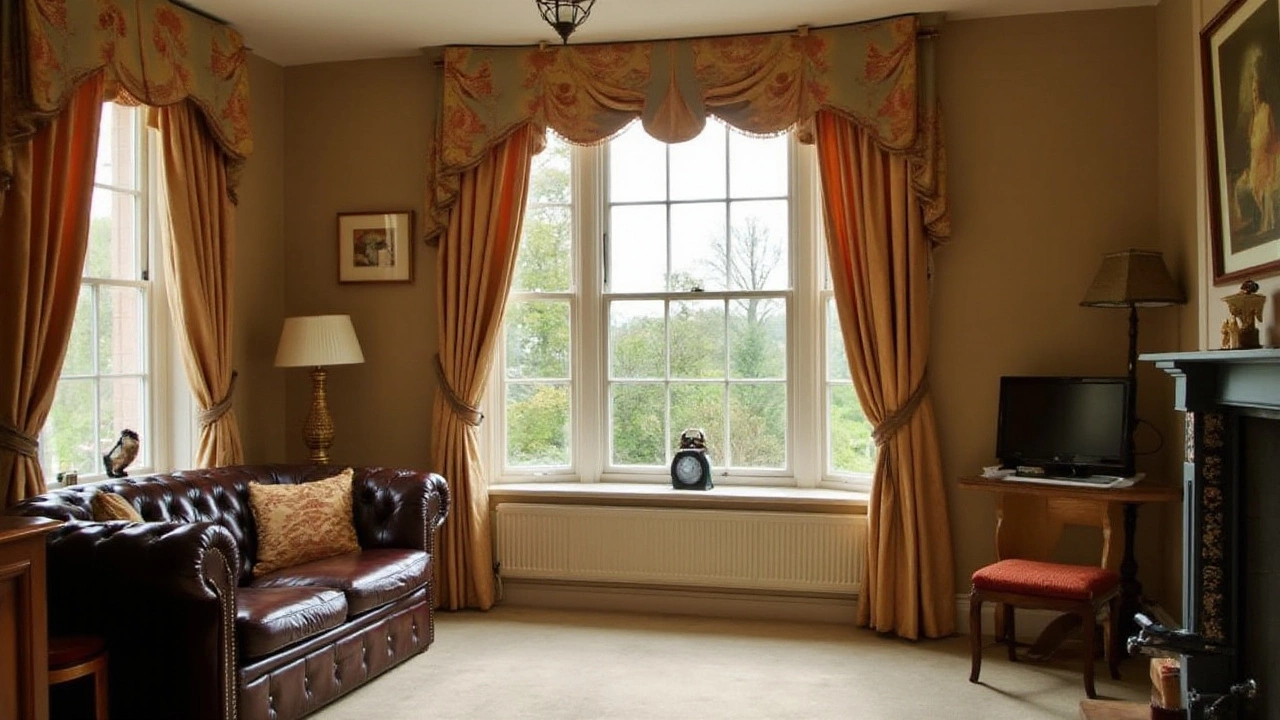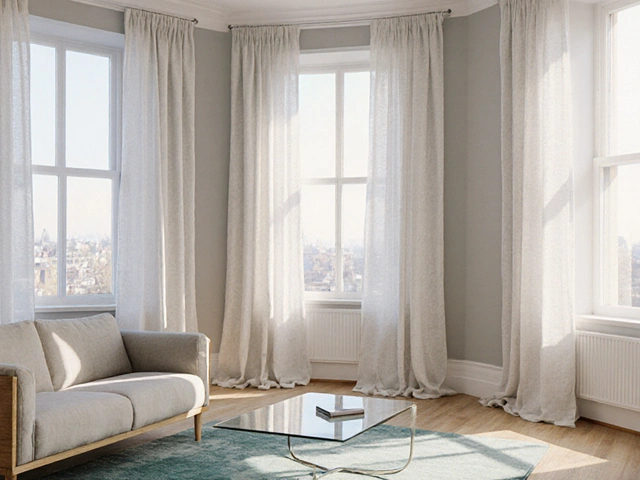Curtain Width: How to Measure and Choose the Perfect Size
Getting the right curtain width can feel like a guessing game, but it doesn’t have to be. A well‑fitted curtain frames your window, adds style, and stops light leaks. The trick is measuring correctly and knowing how much fabric you actually need.
Why Width Matters
The width of a curtain determines how full it looks when drawn. Too narrow and the fabric will look stretched, exposing the window. Too wide and the curtains will look bulky, making the room feel cramped. Most designers recommend a fullness ratio of 1.5 to 3 times the window width, depending on the look you want.
Step‑by‑Step Measuring Guide
1. Measure the rod or track. Use a tape and write down the exact length from end to end. This is your base width.
2. Decide on the mounting style. Grommets, rod pockets, and pleats each need a different amount of extra fabric. Grommets usually work well with a 1.8‑2× fullness, while pleated styles love a 2.5‑3× ratio.
3. Calculate the desired fullness. Multiply the rod length by your chosen ratio. For example, a 120 cm rod with a 2× ratio needs 240 cm of fabric per panel.
4. Add seam allowances. Leave at least 5 cm at each side for hems and the heading. This ensures the curtains sit nicely on the rod.
5. Check for overlap. If you want the curtains to meet in the middle when closed, add a few extra centimeters to each side. Overlap helps block light and gives a polished look.
6. Account for pattern repeats. If your fabric has a pattern, you may need extra length to line up the design correctly across both panels.
7. Measure height separately. Curtain width and height are independent. Measure from the rod to the floor (or desired drop) and add extra for hems.
When you’ve got your numbers, compare them to the product specs. Many online retailers list the finished width of each panel, so you can see if the curtain will meet your fullness goal.
For small windows, a narrower panel with a higher fullness ratio can add drama without overwhelming the space. For large windows, go for wider panels but keep the fullness moderate to avoid a heavy look.
If you’re mixing styles—say, a grommet panel with a rod‑pocket panel—measure each panel separately and add the widths together. This ensures the final look stays balanced.
Finally, think about how you’ll use the curtains. Heavy blackout curtains often need less fullness because the fabric itself blocks light. Light, sheer panels look best with a higher ratio for that soft, billowy feel.
With these steps, you’ll stop guessing and start getting curtains that fit like they were made for your windows. Happy measuring!

Choosing Perfect Curtain Width for Your 36-Inch Window
When choosing the right curtains for a 36-inch window, understanding the ideal width is key to achieving a stylish and functional result. This article explores the best practices for measuring and selecting curtain widths that enhance your window's appearance and complement your interior decor. From single panels to layered drapes, discover practical tips and creative ideas to personalize your living space with suitable curtains.
Categories
- Storage (27)
- Bathroom (18)
- Sofas (15)
- Curtains (15)
- Home Decor (12)
- Bedding (11)
- Kitchenware (11)
- Cushions (11)
- Mirrors (10)
- Rugs (9)
Popular Articles

What Is the Most Used Utensil in the Kitchen?
Dec, 28 2025

Floating Shelves: Still Stylish or Outdated?
Oct, 20 2025

